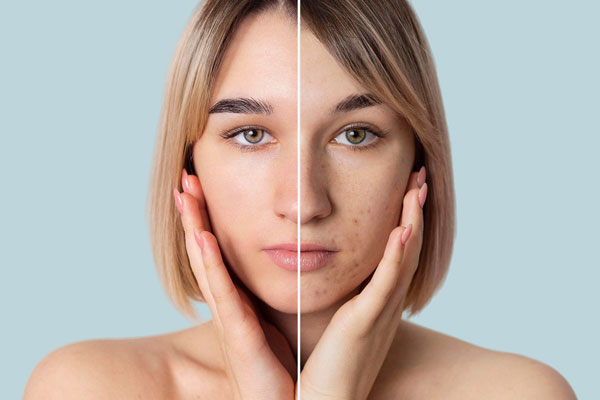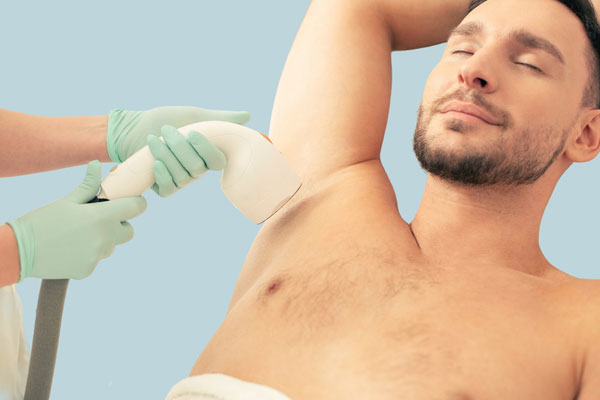Our Treatments

Hair Clinic

Dermatology




Male pattern baldness, also known as androgenetic alopecia, is the most common cause of hair loss in men. It develops gradually and usually follows a predictable pattern of receding hairline and thinning on the crown. The condition is hereditary and linked to hormones that affect hair follicle sensitivity.
Male pattern baldness causes gradual hair thinning that often begins around the temples or crown. Over time, it can lead to partial or complete baldness on the top of the scalp, while hair around the sides and back usually remains.
This condition affects up to half of men by the age of 50, though some notice signs earlier. It occurs when hair follicles shrink over time due to a hormone called dihydrotestosterone (DHT), which shortens the hair growth cycle and eventually stops new growth.
Male pattern baldness typically begins with:
As the condition progresses, bald patches on the crown and temples may merge, leaving a horseshoe-shaped ring of hair around the sides and back of the head.
Male pattern baldness is typically painless and does not cause scalp irritation or inflammation. Common signs include:
The primary driver of male pattern baldness is the hormone dihydrotestosterone (DHT), derived from testosterone. DHT affects genetically sensitive hair follicles, causing them to shrink in size—a process called miniaturisation. This leads to progressively finer, shorter hairs and may eventually stop hair growth altogether.
Other factors that contribute to male pattern baldness include:
A GP or dermatologist can often diagnose male pattern baldness by examining the scalp and assessing the pattern of hair loss. A detailed medical and family history helps rule out other causes. The Hamilton–Norwood scale is frequently used to measure the degree of baldness, from mild recession to advanced loss.
Your GP or dermatologist can usually diagnose male pattern baldness by examining your scalp and hair pattern. Additional tests may be recommended to rule out other causes of hair loss:
Male pattern baldness cannot be completely reversed, but several treatments can slow its progression and encourage regrowth.
Male pattern baldness is a progressive condition that tends to advance over time. However, early and consistent treatment can preserve existing hair and, in many cases, encourage regrowth.
Response to treatment varies. Men who start therapy early and maintain it long term generally achieve the most visible improvement. Once follicles have completely miniaturised or closed, regrowth is unlikely without surgical intervention.
While the condition is not medically serious, its psychological effects can be significant. Many men find that taking proactive steps, whether through treatment or simply acceptance can greatly improve confidence and wellbeing.
You cannot entirely prevent male pattern baldness, but you can reduce the rate of hair loss and maintain scalp health by:
